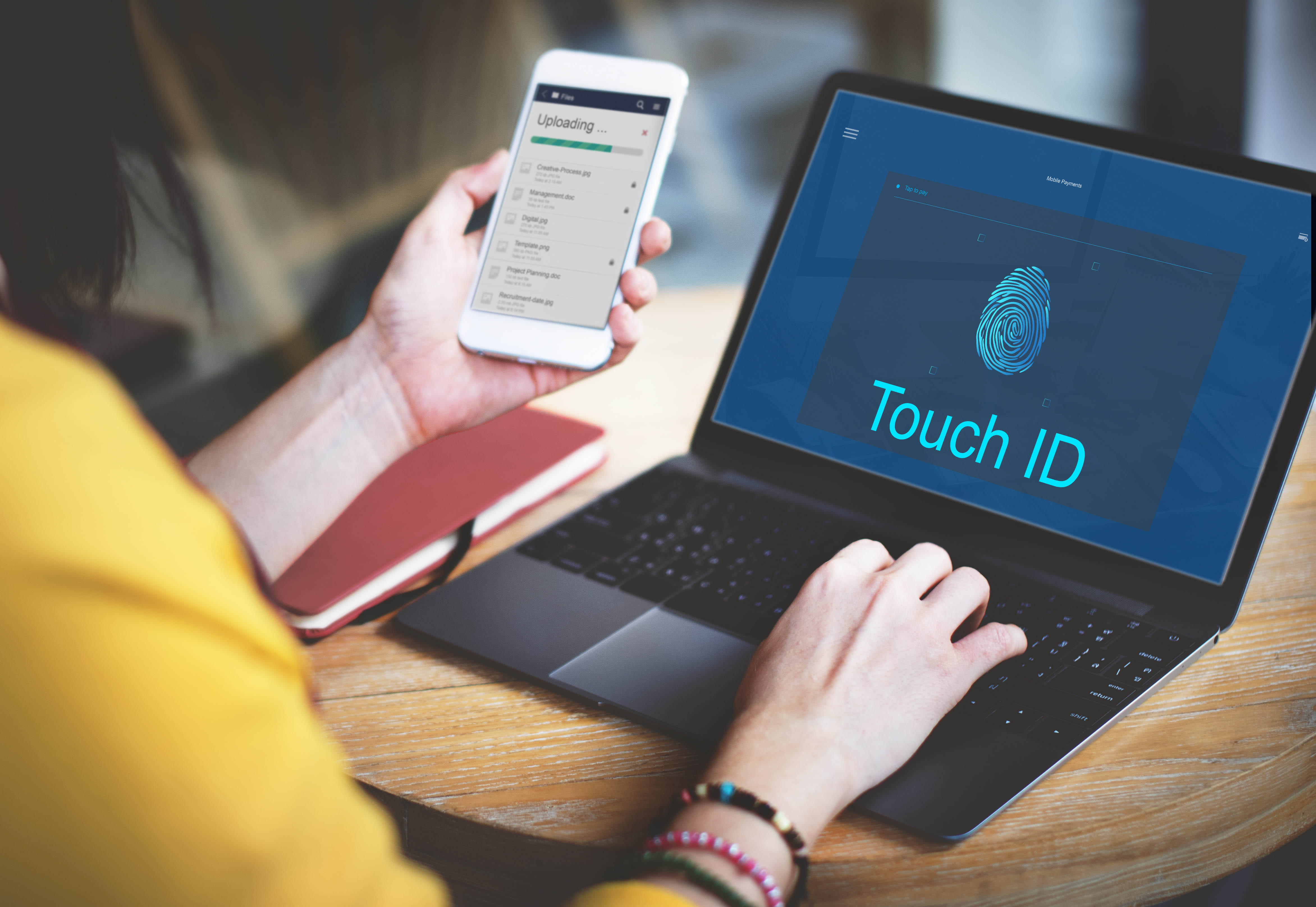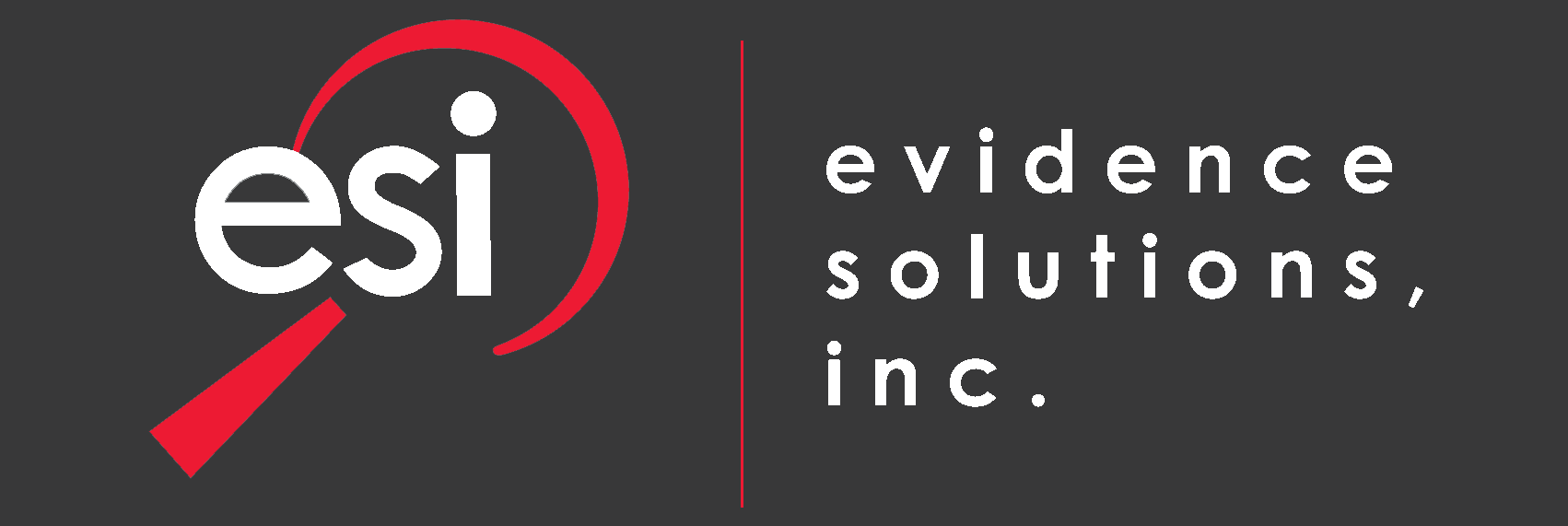Biometrics in the true definition of the term is measuring and analyzing biological data. In the computer world, this is used for security purposes. As we all know, a fingerprint is unique to a person, and no two fingerprints are alike. This is useful for law enforcement because of their ability to keep track of and find criminals, but it also has civilian use. Some larger corporations, and companies concerned about security, have implemented fingerprint scanners to verify the identity of an employee at the door or their computer. This allows the employee the luxury of not having to remember a password and gives the employer peace of mind in knowing who is in the building and who accesses the company's computers.
Recently Apple released the iPhone 5s, their new smartphone. One of its new features is a fingerprint reader to allow a user to log in to their phone. This is not a new feature in the marketplace; the Motorola Atrix experimented with a fingerprint reader but was not well received due to its rather buggy nature. However, Apple says that theirs is ready for everyday use and so far this appears to be true. There have been concerns with hacking since Apple made the announcement, but we feel that these concerns are exaggerated.
So far only one outfit has been able to “hack” the reader, and their method was complex and time-consuming, to say the least. It involved finding the fingerprint, scanning a copy, inverting and reversing the image, printing a 3-d image, using plastics and rubber to make a scale mold of the fingerprint, a dusting of graphite powder, and finally some heat to make the mold active. All of this took about five hours to complete, and they had the luxury of knowing which finger was set up in the phone. You really have to be more concerned with your spouse borrowing your hand in the middle of the night, than with someone stealing your phone.
We do have one concern with the fingerprint reader, and that is storage of the print itself. Apple has said that the actual parameters of the print will be encrypted and stored on the phone, and will never be uploaded to a cloud system. But seeing as the iPhone 5s still allows users to use a pin to access their phone, what’s to stop a hacker from gaining access that way and deciphering the encrypted file to get the fingerprint to use for another purpose (getting into your office building for instance) using the same method above. Again this is an unlikely occurrence, but one to be aware of nonetheless.


